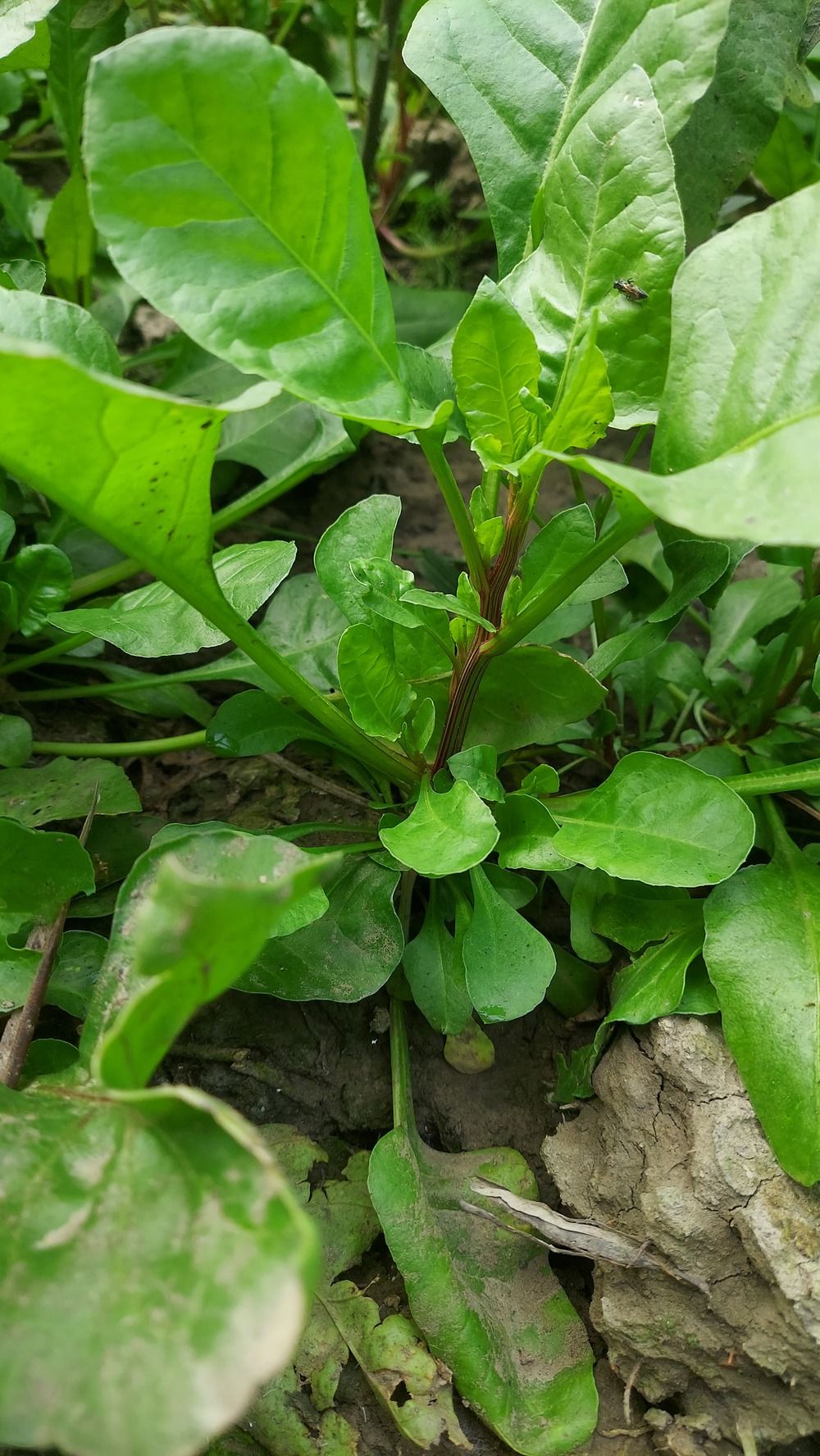
Spinach is a common plant in many vegetable gardens and grows best in cooler weather. But with the right types and some shade, you can grow this healthy plant even in the summer. Spinach is an easy-to-grow vegetable, but it can also attract different pests and may be affected by diseases.
Even in my gardening life of many years, I faced several pests like leaf miners and aphids, along with diseases such as downy mildew and white rust. So in this article, I am going to guide you in dealing with common pests and diseases for spinach from my personal experience.
Frequent Spinach Pests

Spinach plants are vulnerable to various insects. In the list below, I have mentioned some of the most common ones:
- Cutworms and Wireworms: Cutworms target young seedlings at the soil level, while wireworms attack the leaves and roots. Mature transplants are less susceptible. Wireworms can be controlled by burying mature carrots throughout the garden and checking them every few days to remove any wireworms. Cutworms can be managed with treatments like Bacillus thuringiensis (Bt) and spinosad sprays.
- Flea Beetles: These pests create small holes in young leaves, giving them a shot-like appearance. Solutions include using reflective mulch or aluminum foil beneath plants, and in severe cases, insecticides like carbaryl and pyrethrum.
- Slugs and Snails: Recognizable by the larger holes and slime trails they leave, slugs and snails can be controlled using baits and traps.
- Aphids: Common on spinach, aphids are often kept in check by natural predators. If necessary, insecticidal soaps or neem oil can be used.
- Leaf Miners: These create winding tan trails on leaves. Since they feed inside the leaves, contact insecticides are ineffective. Remove and destroy infested leaves to prevent larval growth. In this article you can find details on blotch leaf miners - Blotch Leaf Miner - Identify and get rid of it.
Preventing from pests
Preventing pests from affecting your spinach plants involves a combination of cultural practices, physical barriers, and natural controls. Here are some effective strategies to help keep those pesky insects at bay:
Cultural Practices
- Crop Rotation: You can change the location of your spinach plants each year to disrupt pest life cycles. This helps prevent a build-up of pests in the soil.
- Healthy Soil: Always maintain healthy soil with good drainage and organic matter, which can lead to stronger plants that are more resilient to pests.
- Proper Spacing: Ensure enough spacing between plants to improve airflow and reduce humidity, which can attract pests.
Physical Barriers
- Row Covers: Use lightweight row covers to protect young seedlings from pests while allowing sunlight and moisture to reach the plants. This is particularly effective against cutworms and flea beetles.
- Mulching: Apply organic mulch around your spinach plants to suppress weeds and create a barrier against soil-dwelling pests like cutworms and wireworms.
Monitoring and Handpicking
- Regular Inspections: Regularly check your plants for signs of pest activity. Early detection can make it easier to manage infestations.
- Handpicking: For larger pests like slugs and snails, handpicking them off the plants can significantly reduce their numbers.
Natural Predators
- Encourage Beneficial Insects: Planting flowers like marigolds or dill nearby can attract beneficial insects that prey on common spinach pests, such as aphids and leaf miners.
Baits and Traps
- Slug and Snail Baits: Use commercially available baits specifically designed for slugs and snails to help reduce their population.
- Wireworm Traps: Place mature carrots in the garden as traps to attract and capture wireworms, checking them regularly to remove any pests.
Organic Treatments
- Insecticidal Soaps: Use insecticidal soaps or neem oil to manage aphid populations. Spray in the early morning or late evening to avoid harming beneficial insects.
- Bacillus thuringiensis (Bt): Apply Bt to control caterpillars and other larvae without harming beneficial insects.
Environmental Management
- Watering Practices: Water your spinach plants in the morning to allow the soil to dry out during the day, reducing the habitat for slugs and snails.
- Timing: Consider planting spinach earlier or later in the season when specific pests may be less active.
By implementing these prevention strategies, you can create a healthier growing environment for your spinach and minimize pest damage.
Diseases of Spinach
Spinach can also suffer from some diseases. Below are three commonly known diseases that we may find during growing spinach in our garden.
- Damping Off: This disease causes seedlings to collapse and die. To prevent it, use quality seeds and also avoid overwatering. Adding well-processed compost to the garden soil can also help.
- Downy Mildew: If you find yellow or light green spots on the upper leaf surface and white fungus below, that means it is affected by Downy Mildew. In this situation, you must have to remove the affected plants, as no cure exists. It is important. Preventive steps include proper plant spacing for air circulation and watering the soil directly.
- Viruses: Often spread by insects, these lead to no known cure for the affected plants. Removing and destroying infected plants is essential to prevent virus spread.
Bonus Tips
Many spinach problems arise from cultivation methods and environmental factors. Spinach favors cool weather, with high temperatures hindering seed germination and accelerating bolting, which affects flavor. Planting in late winter/early spring or late summer/early fall is ideal for optimal growth. For summer cultivation, provide partial shade to the plants.
